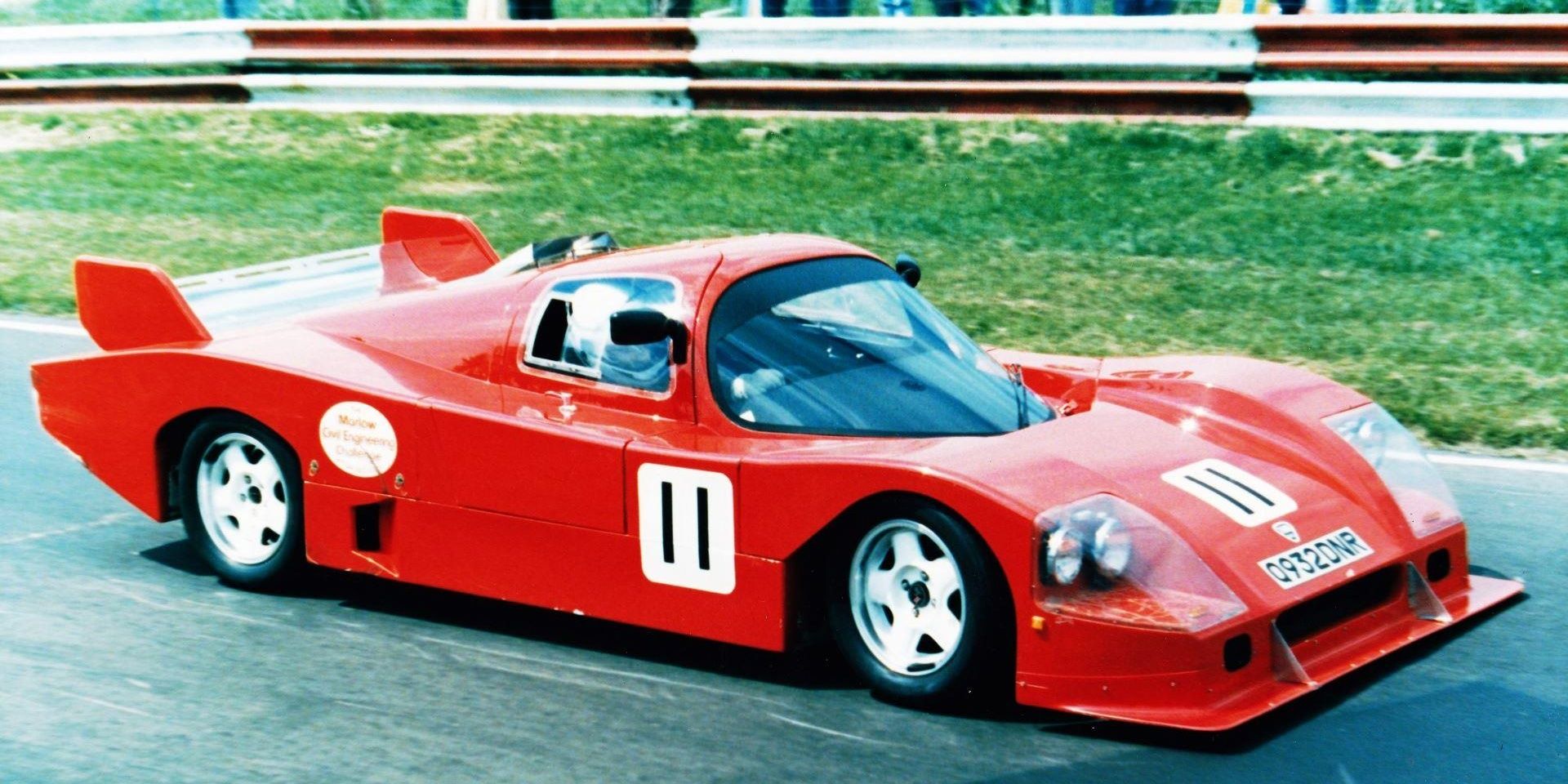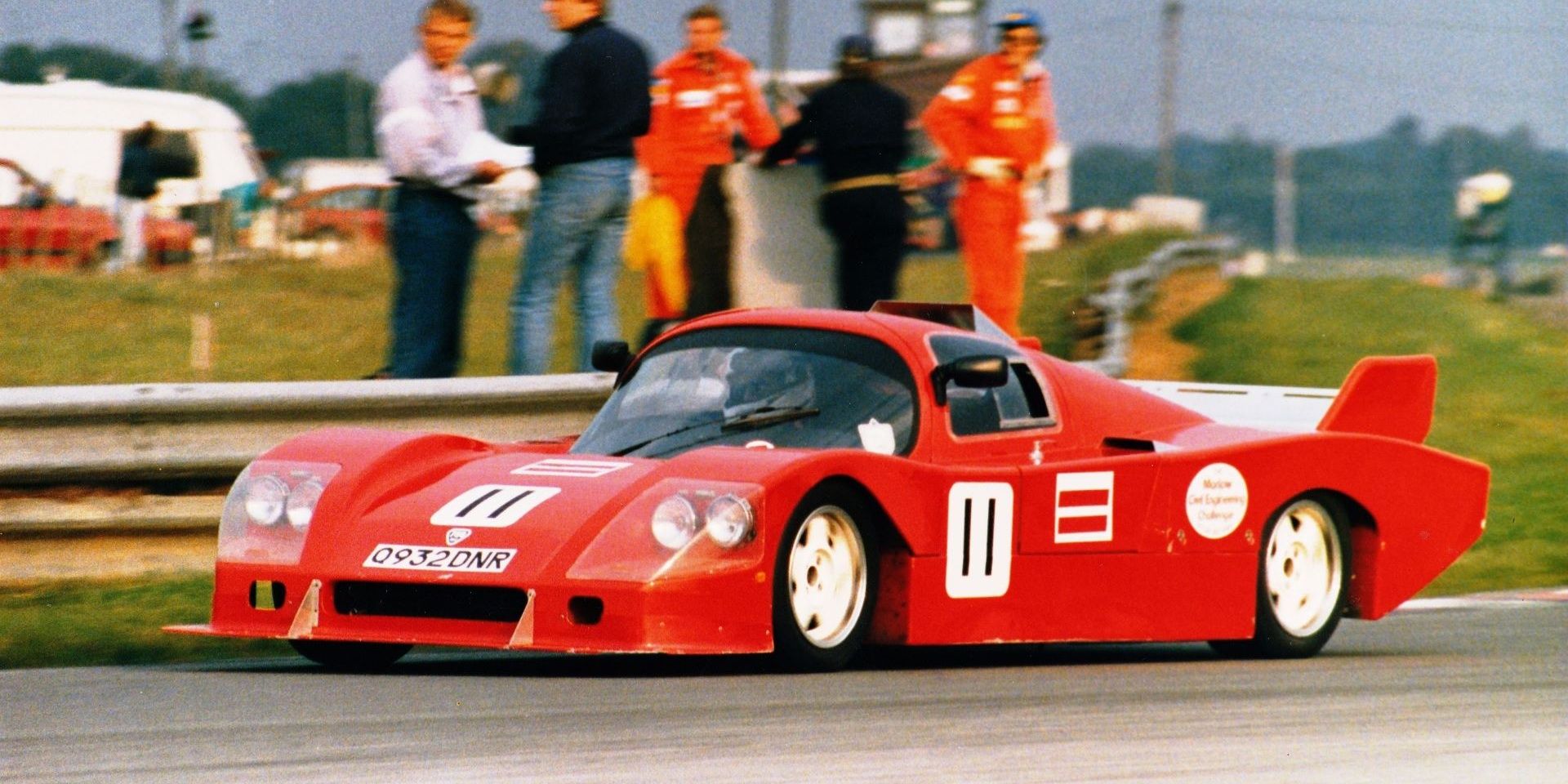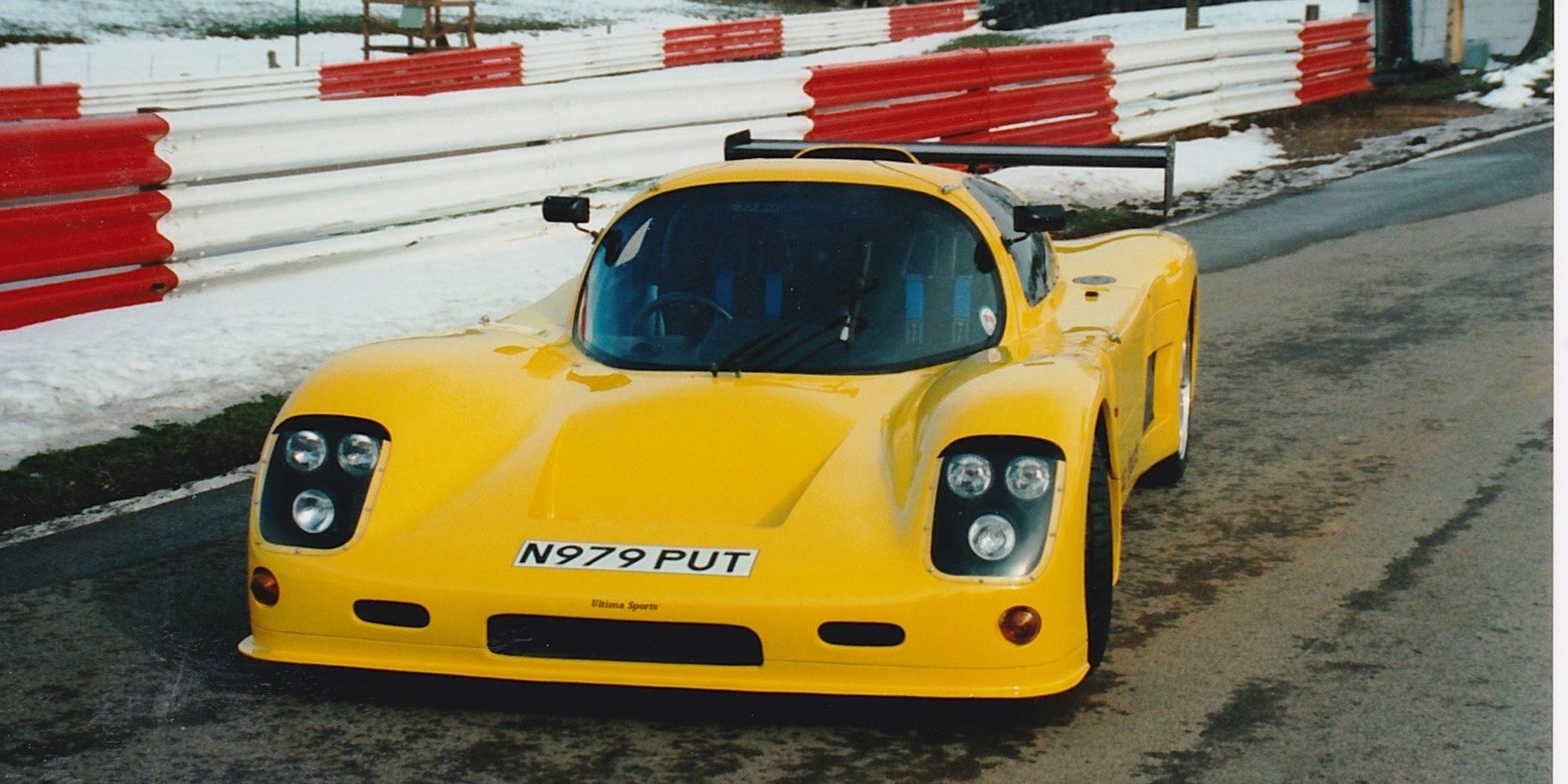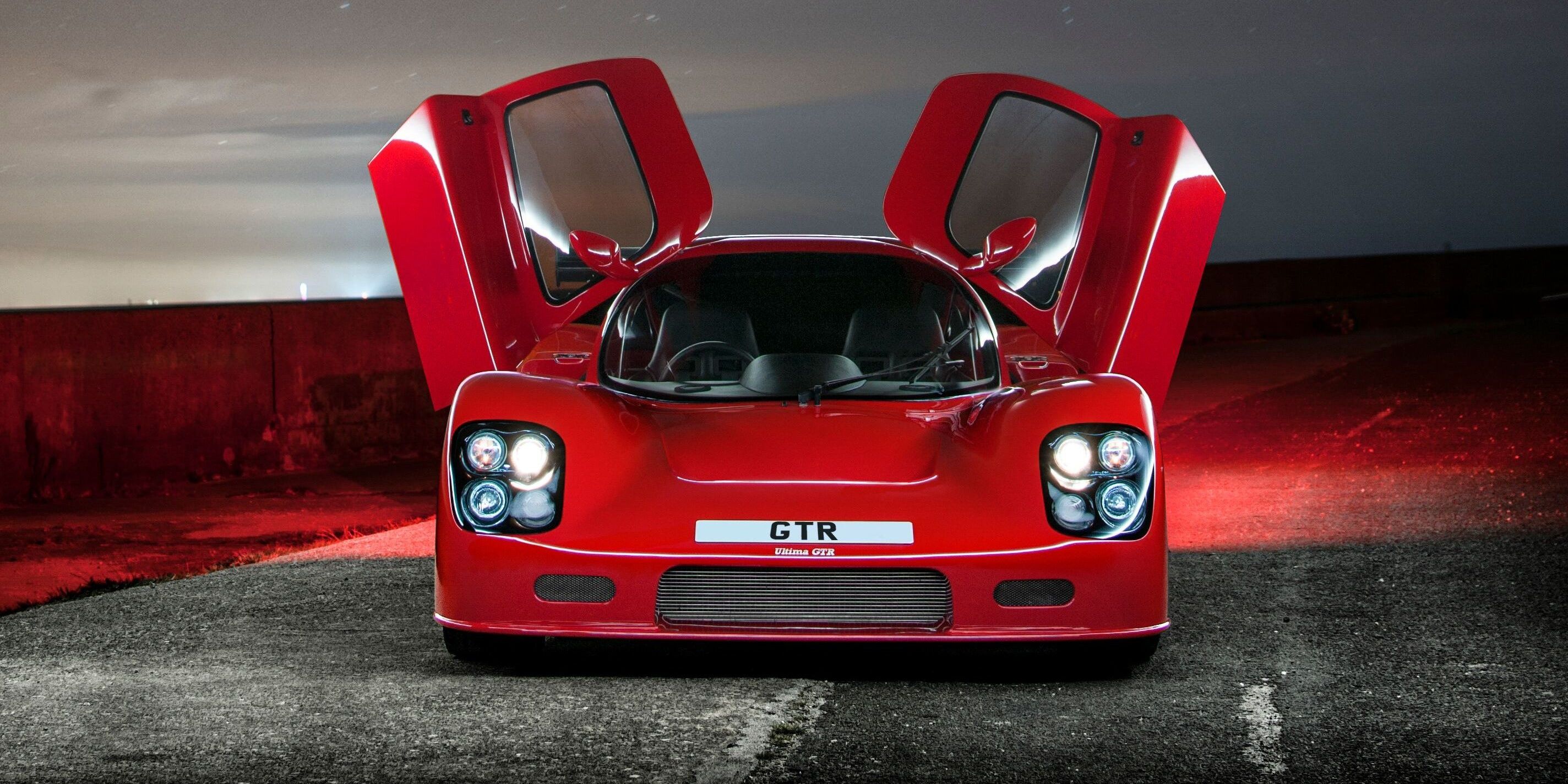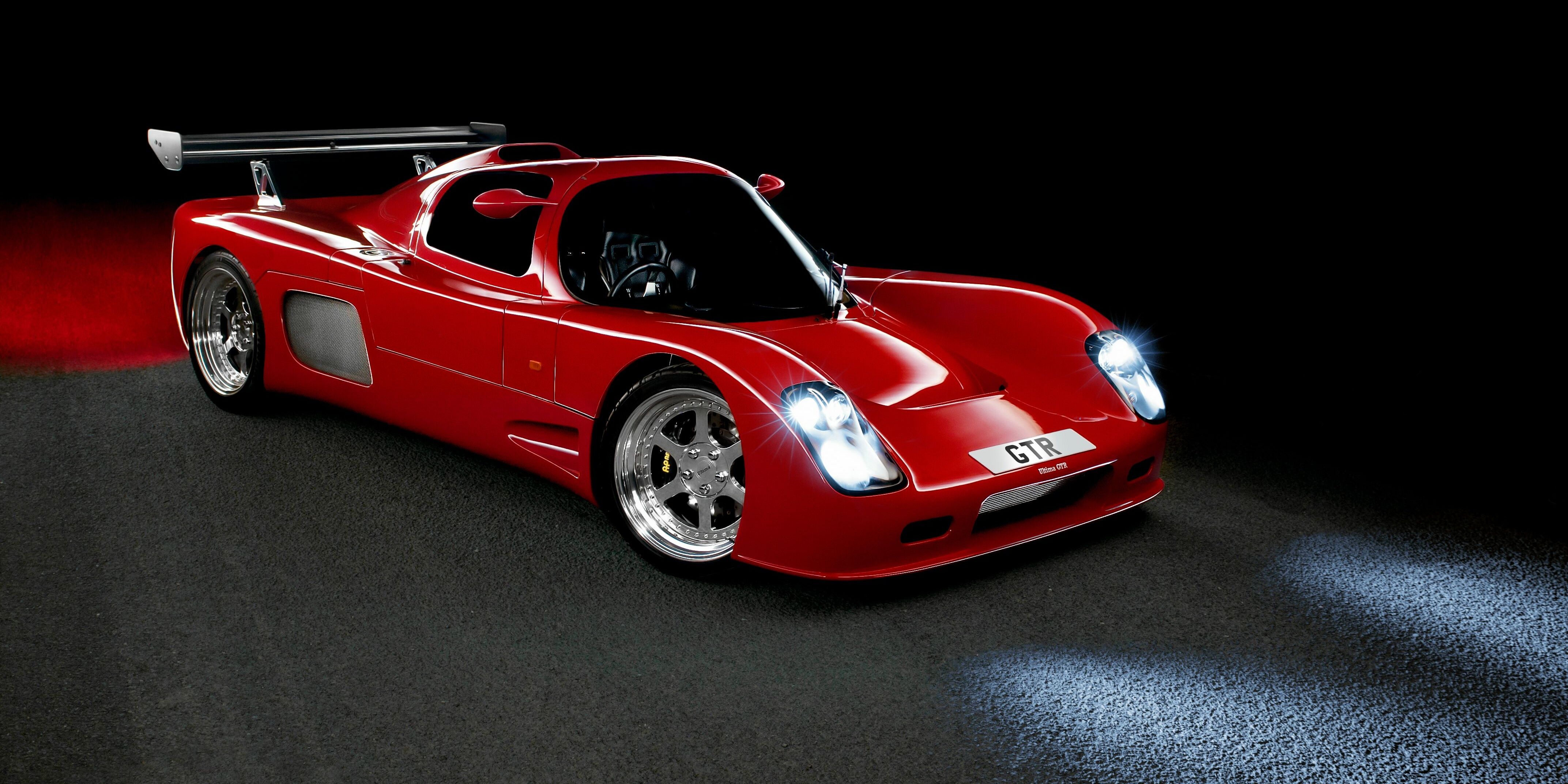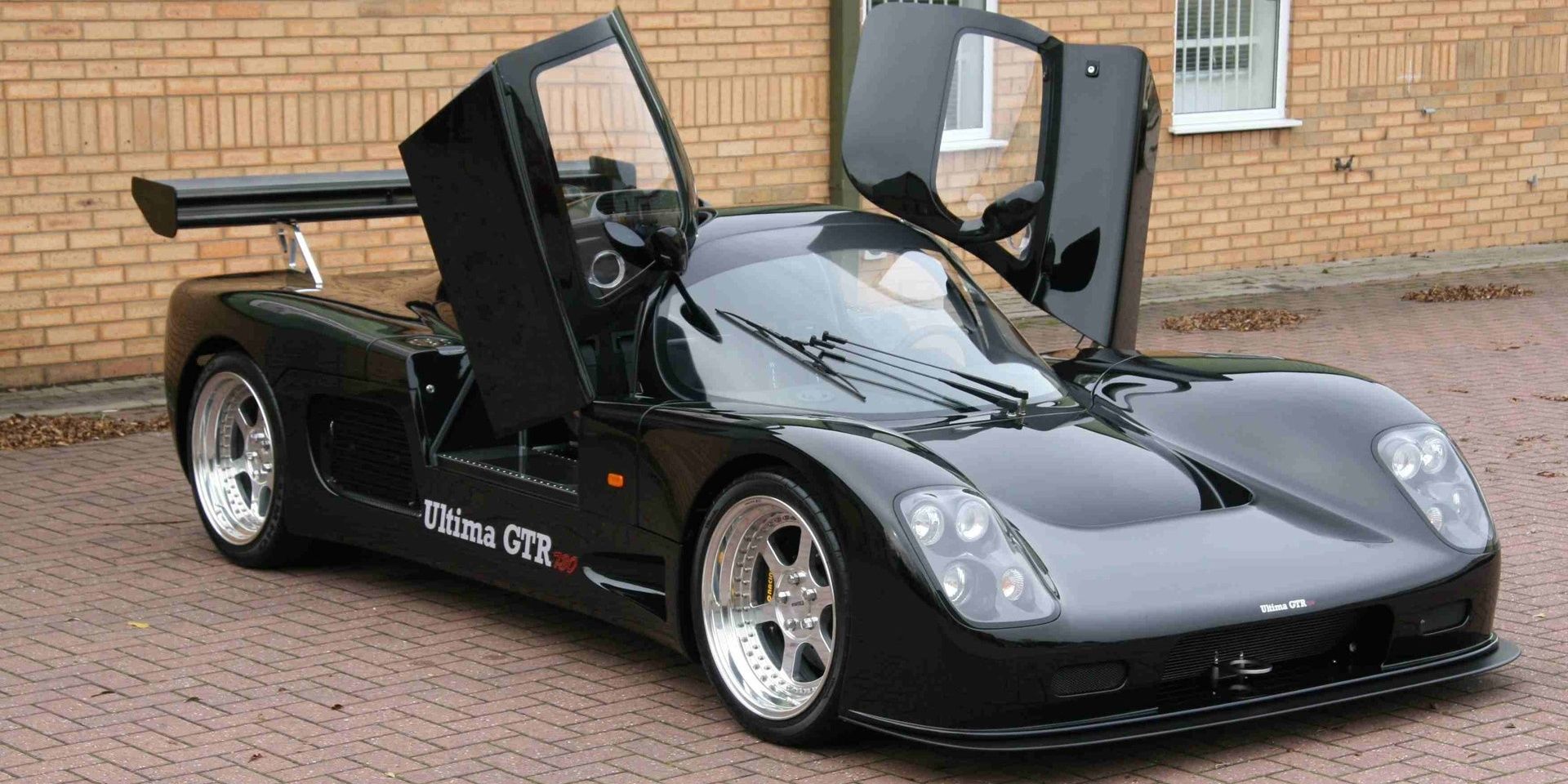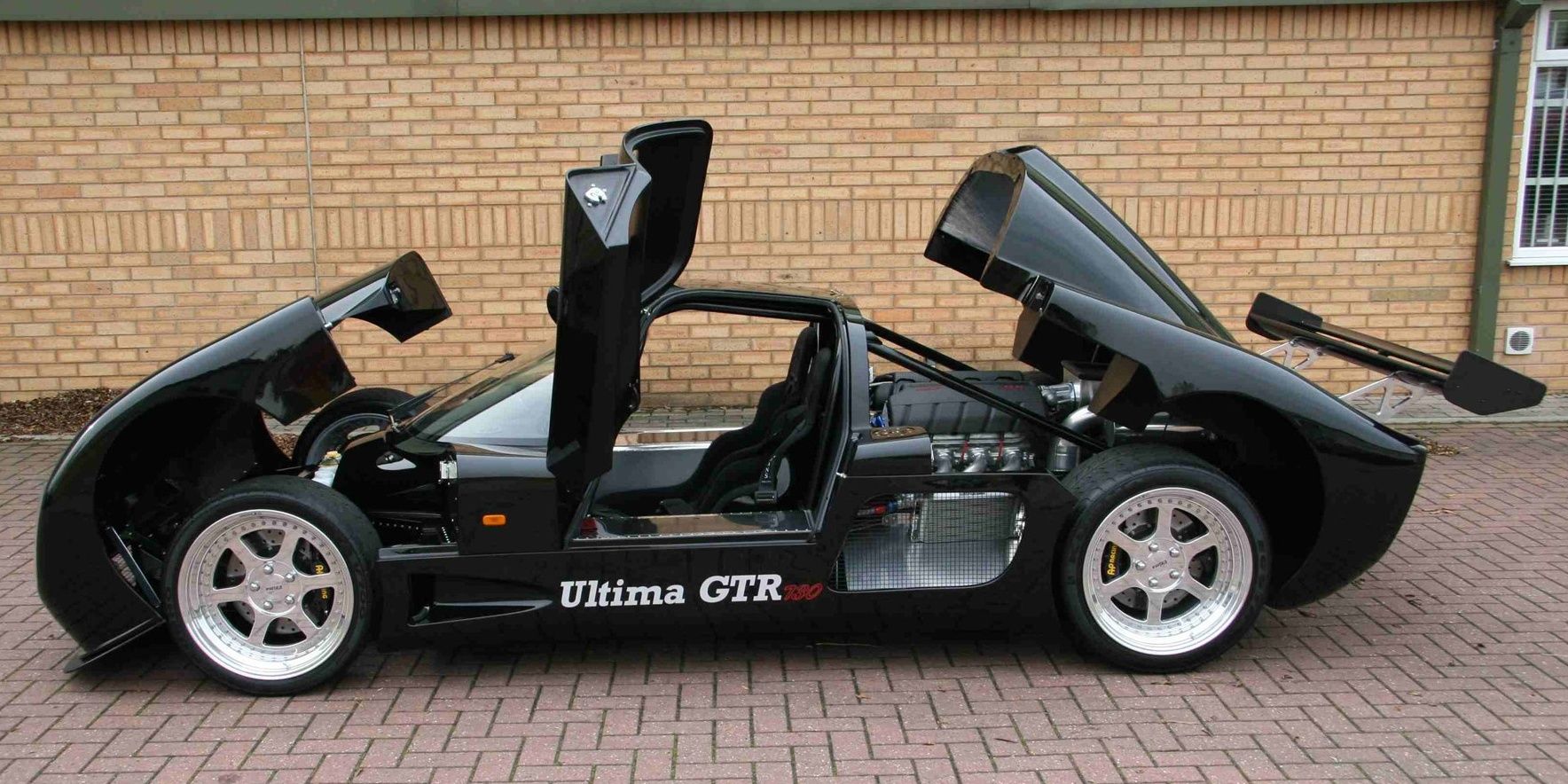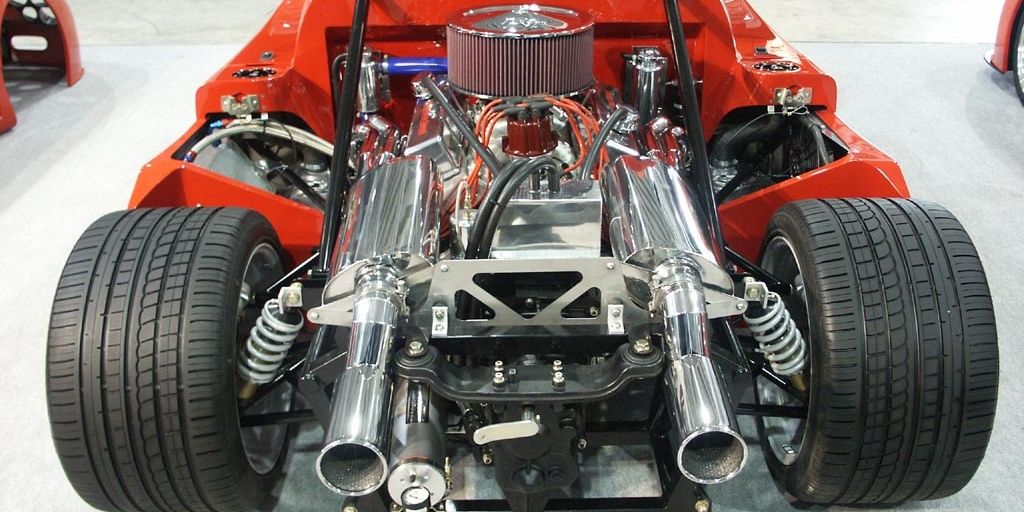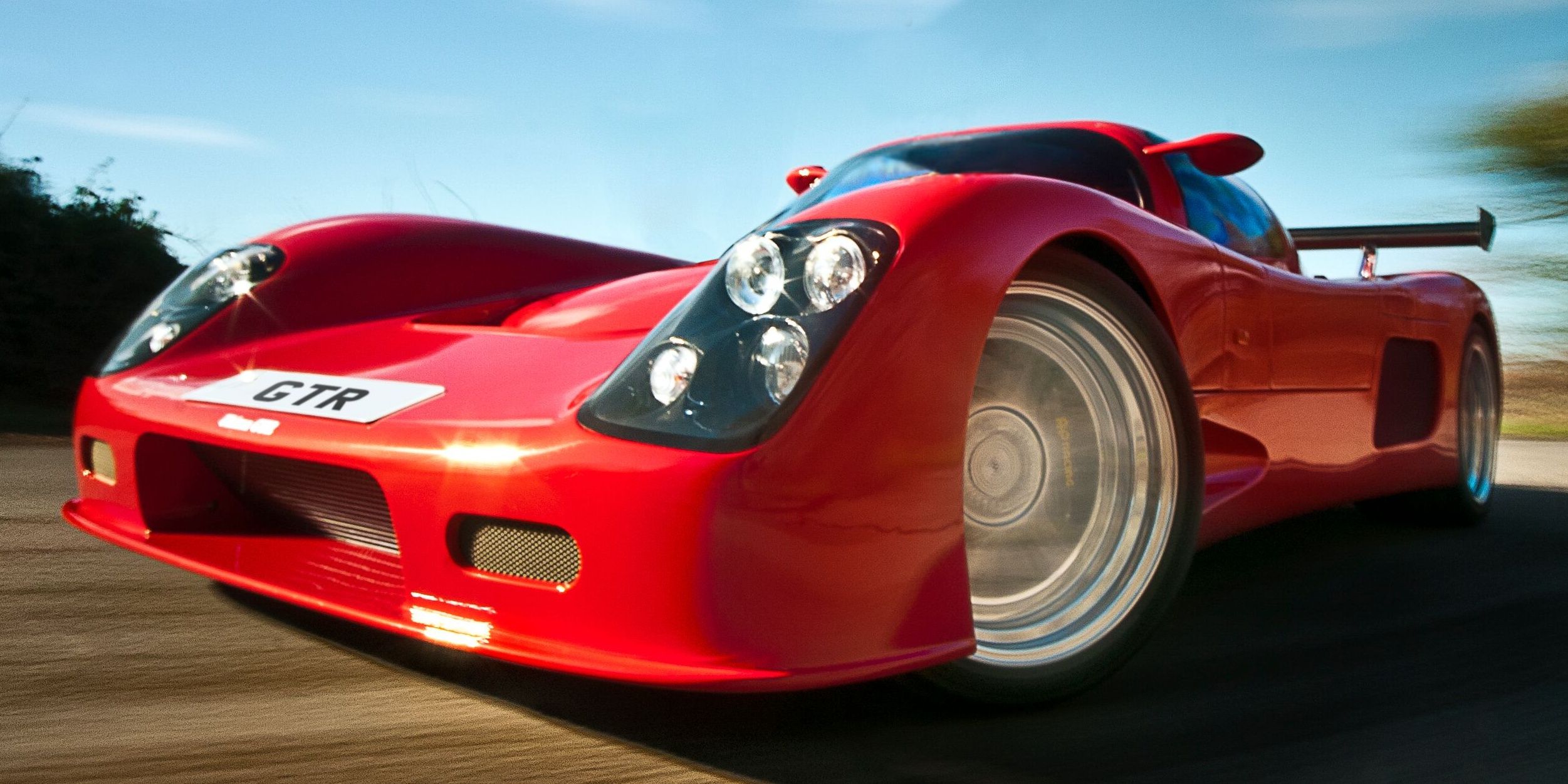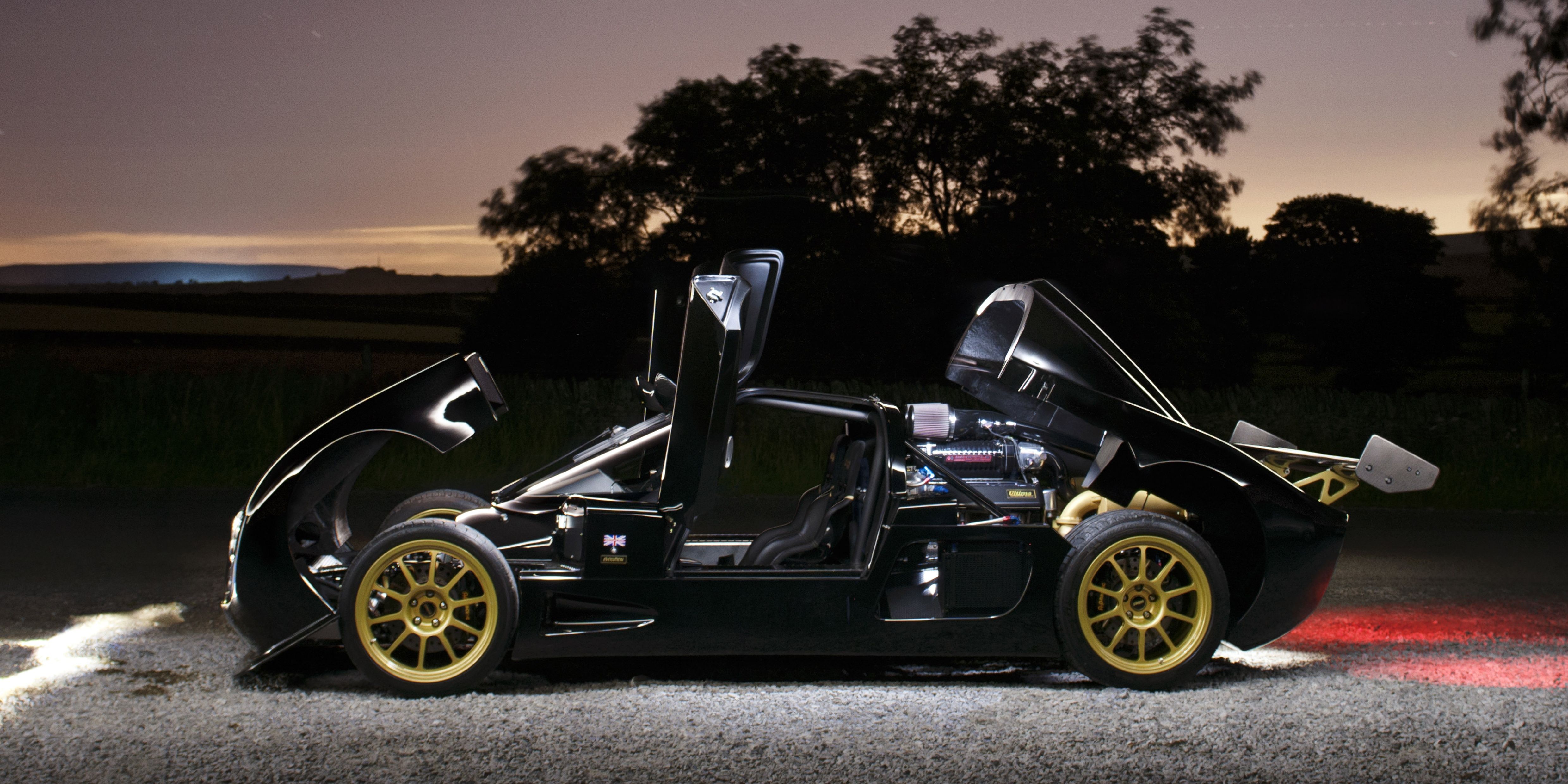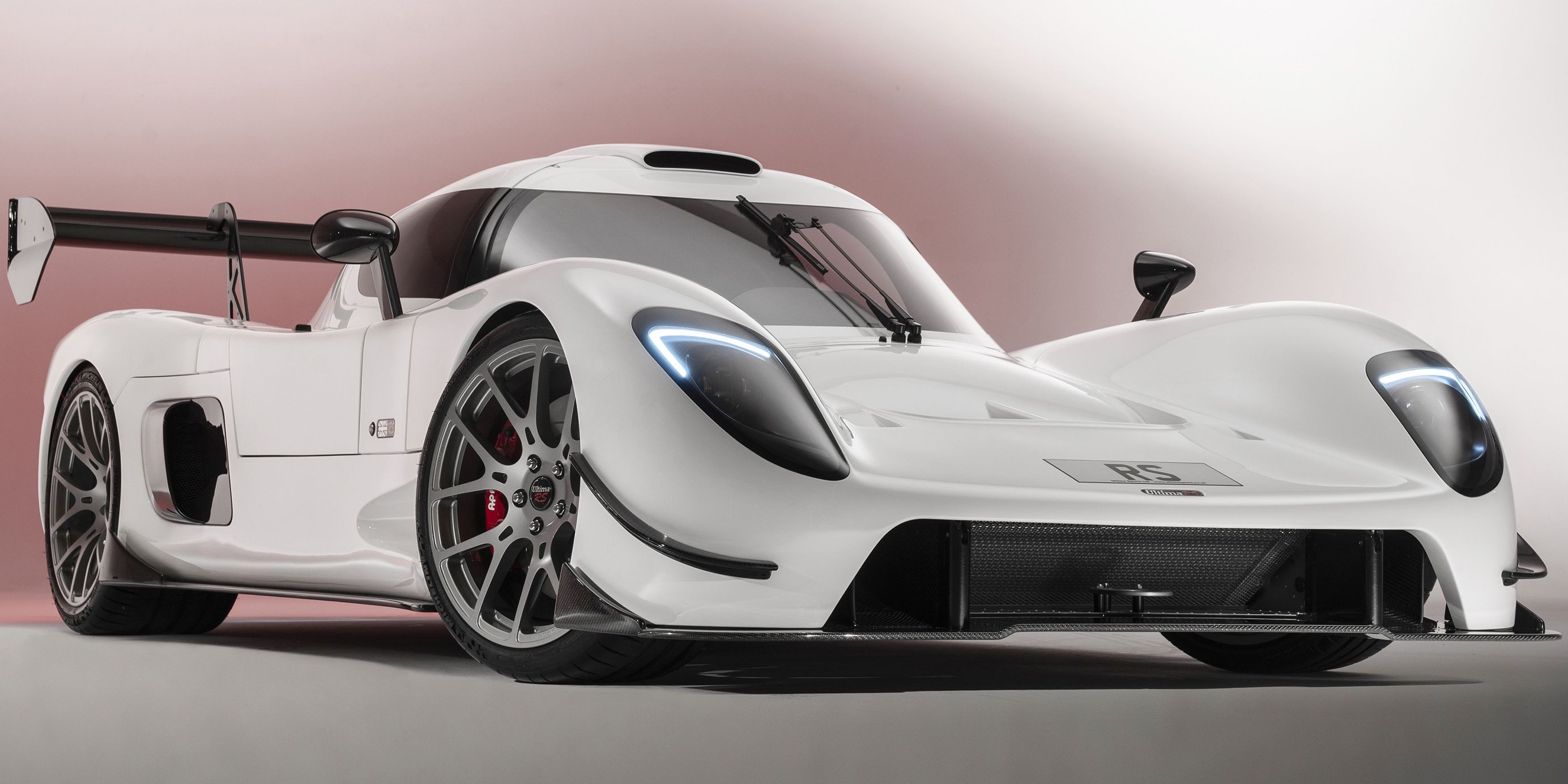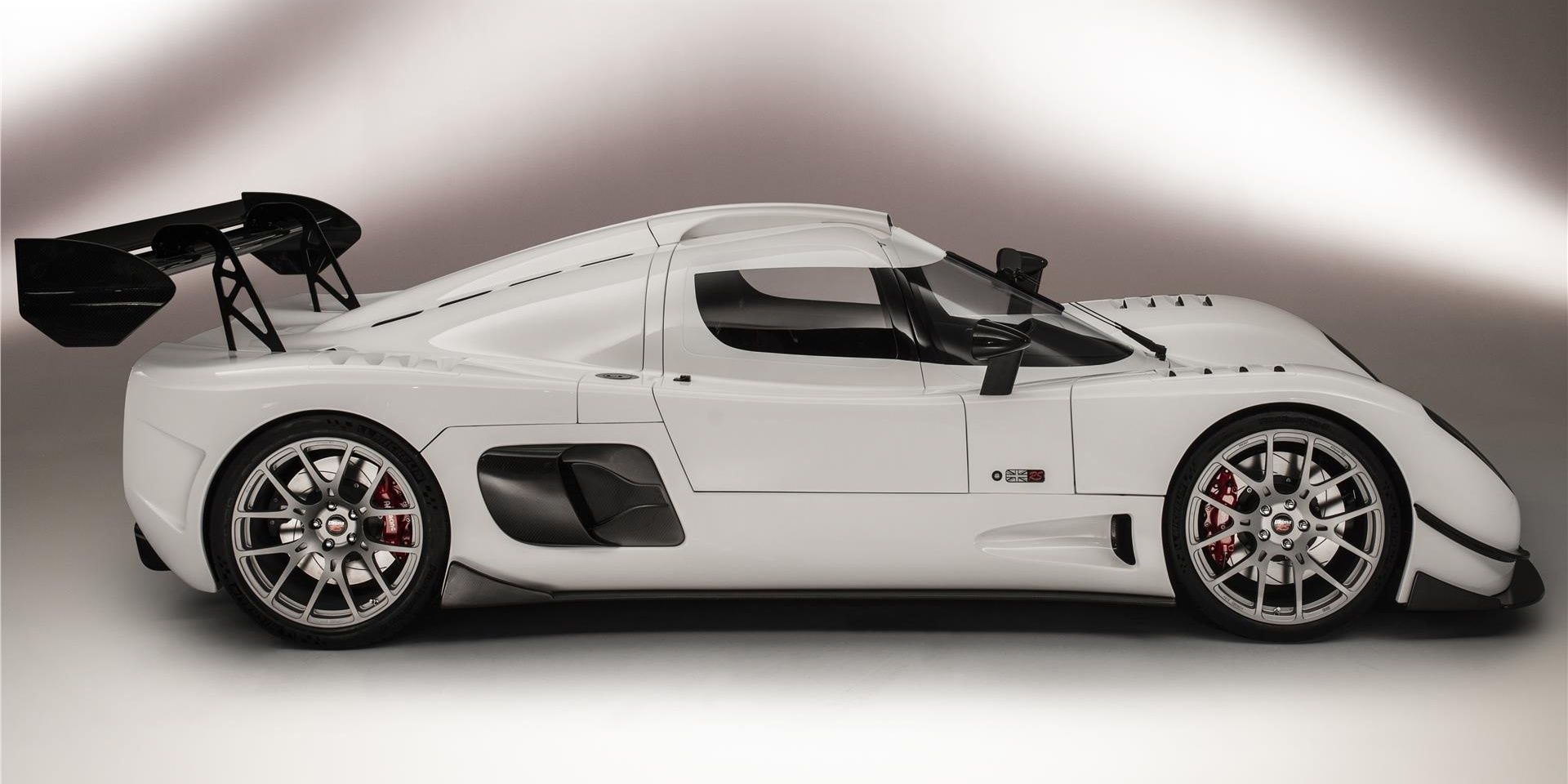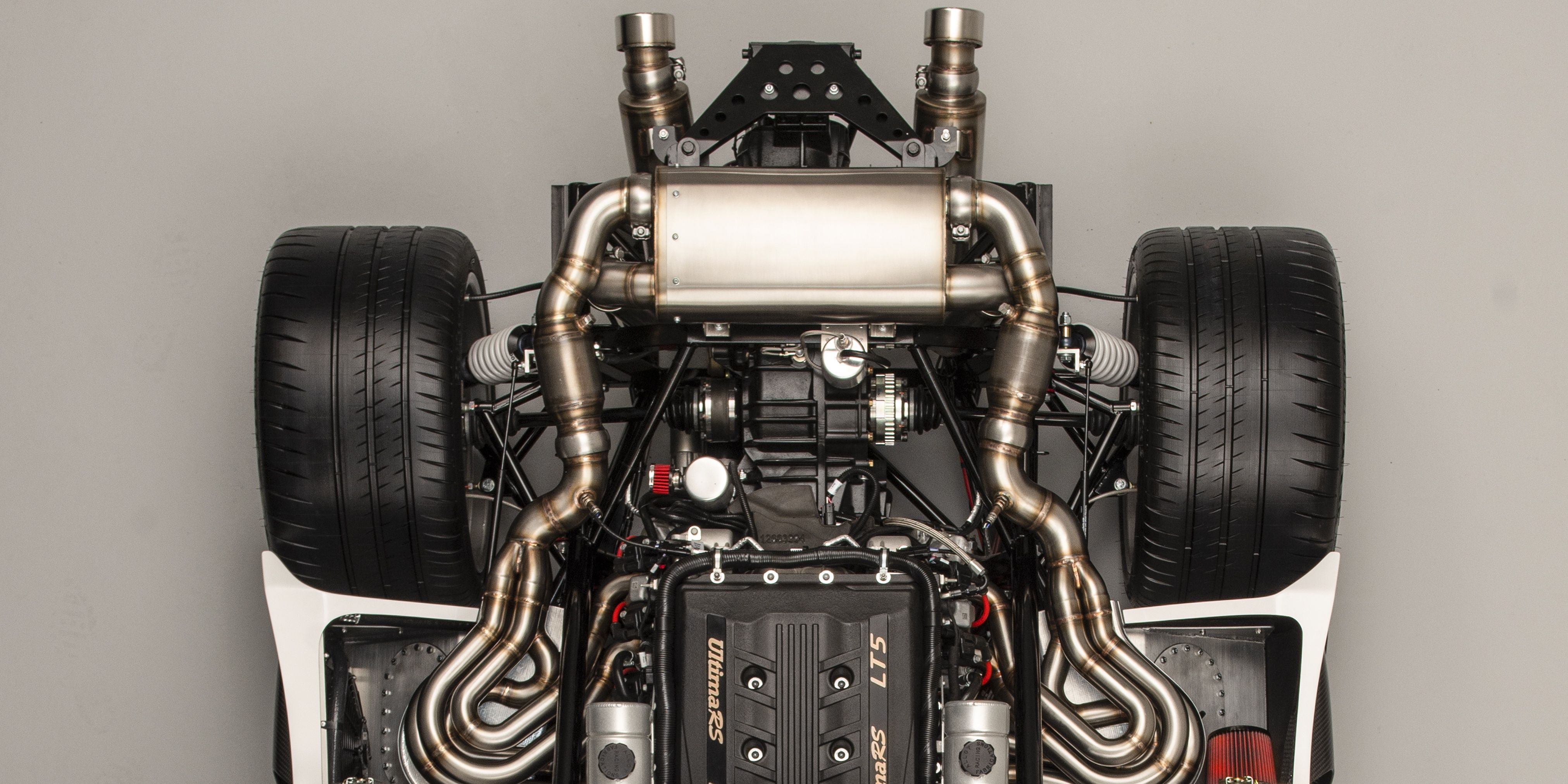Ultima is one of a handful of small British manufacturers that don’t get anywhere near as much attention as they should do. They’ve been consistently putting out incredible sports cars for decades now at surprisingly reasonable prices. There aren’t many cars out there that can take on the best hypercars in the world around a track then easily drive home afterward, but an Ultima can. Despite that, they remain a fairly underground name in the supercar world, with a small but dedicated global fanbase.
The brand comes from humble roots, originating in the British racing scene with another legendary car designer who’s been responsible for some of the most exciting cars to come out of the country for decades. Fast forward several decades and Ultima is a brand that many enthusiasts might have heard of in passing but mostly forgotten about. Let’s take a closer look at their history and current models and see why they deserve a lot more credit than they get.
8/8 Ultima Was Originally A Noble Model
Ultima was born back in the mid-Eighties as a prototype model designed by Lee Noble, the founder of fellow small British carmaker Noble Cars. The Ultima Mk2 was a niche racing car that saw some minor successes across UK race circuits, being driven by both Noble himself and his friend and customer Ted Marlow.
After the success of the Mk2, a Mk3 car was developed which was again successful, but Noble wanted to move on to other projects. He ended up selling the rights to the Ultima design to Ted Marlow and his brother Richard, who then started Ultima Sports Ltd, the company that makes Ultima cars today.
7/8 The First Model Was The Ultima Sport
The Marlow brothers needed to make a big first impression with their newly-founded company, and so they refined the design of the Ultima Mk3 to create the Ultima Sport. The car was primarily sold in kit form, as this skirted the need for the company to meet the stringent testing requirements needed to sell a complete car in markets like the US.
Today, buyers in European markets can opt for a turnkey car built in the company’s factory in Leicestershire, England, but non-European buyers still have to order a kit and assemble the car themselves. This has the side effect of giving buyers much more freedom than most supercars about the powertrain and transaxle they use.
6/8 The GTR Took Things Up A Notch
After seven years of making the Sport, Ultima debuted a new version of the car called the GTR in 1999. It would go on to become the brand’s longest-running model, being produced in various forms all the way up until 2016.
The GTR marked the start of the brand’s transition from making cars designed primarily for the race track to cars that could take on both the track and the open road. It was also incredibly lightweight yet powerful, making it one of the best value-for-power supercars globally.
5/8 GTR720: A Record-Breaking Performance Machine
The GTR720 was the ultimate incarnation of the GTR line, with a GM-sourced V8 engine making a whopping 710 hp (which is 720 PS, hence the name). The engine was built by the specialists at American Speed, who continue to be Ultima’s recommended engine partner today.
The car wasn’t just fast, it was record-breakingly fast, with a higher power-to-weight ratio than a Bugatti Veyron or a Koenigsegg CCX. A convertible version of the GTR was also produced, called the Can-Am.
4/8 American Power, German Engineering, British Design
Throughout the GTR’s production, Ultima forged a series of ties with other manufacturers that formed the recommended setup for how owners built their cars. As mentioned previously, the recommended V8 engine was built by American Speed, although Ultima was happy to accommodate other options on a buyer’s request.
The recommended transaxle of the car was a unit from Porsche, echoing the setup that the Marlows had been using since the Noble days. The design of the car was always created completely in-house, leading to a winning combination of American and German parts mixed with British design.
3/8 Evolution Added Even More Power
What do you do when you’ve already designed one of the most powerful road-legal supercars on the road? You make an even faster one, of course. The Ultima Evolution was the next step in the company’s story and added an even more unbelievable amount of power to the car.
The Evolution can be specced with up to 1,020 hp courtesy of a reworked 6.8L supercharged LS V8, although two less insane 480 hp and 700 hp options are also available. Ultima also made several other improvements including a revamped tubular steel space frame chassis and a more upmarket interior for better comfort when driving on public roads.
2/8 The RS Is A True Modern Supercar
The brand’s latest car, the RS, is not only a brutally powerful car as fans have come to expect from Ultima, but it’s a good-looking one too. Gone are the parts-bin headlights and instead there’s a set of custom-built units that help give the new RS a more distinct personality than its predecessors.
To reduce the weight even further than the cars before it, the RS makes extensive use of carbon fiber parts wherever possible. An LT V8 is now the powerplant of choice, with options to push power output up to 1,200 hp. The aero of the car was also extensively tested in a wind tunnel to ensure the RS had plenty of downforce to push all that power to the tarmac.
1/8 Cheaper Than You Think
So, how much does it cost to own a record-breaking piece of cutting-edge performance technology? $500,000 maybe? A million? Well, prepare to be surprised, as the Ultima RS reportedly costs just $120,000 for a top-spec version.
That seems like a veritable bargain considering comparably performing cars from the likes of Ferrari and Bugatti will cost ten times as much. If founder Richard Marlow’s recent social media posts are anything to go by, it seems like the company is overflowing with orders, and they certainly deserve it. Who knows, it might not be long before Ultima break out of the “niche performance car” label and onto the global stage with the biggest players.
